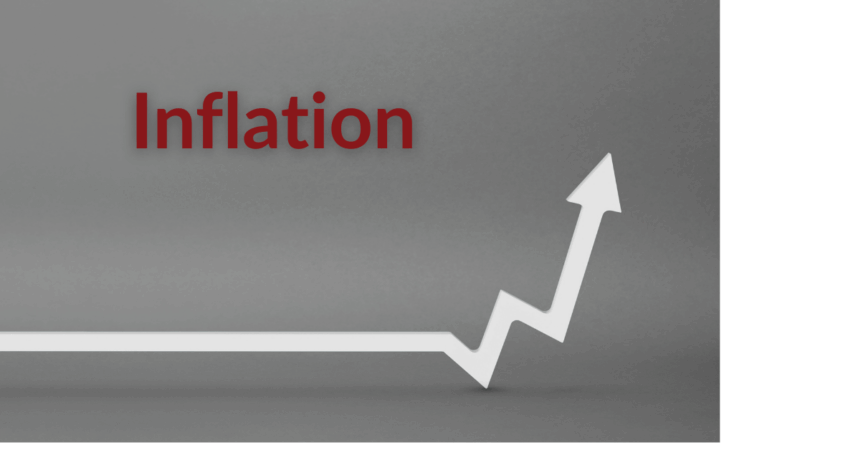Inflation can be a confusing topic, especially when it comes to long-term financial planning for your homeowners’ association (HOA). A Reserve Study, which is a crucial tool for forecasting future maintenance and replacement costs, needs to account for inflation, but which rate should you use? And how do you apply it effectively? Let’s break it down.
CPI vs. PPI: Which Rate Matters Most?
When you hear about inflation in the news, it’s usually referring to the Consumer Price Index (CPI), which tracks the cost of things like food, fuel, and rent. While the CPI is useful for understanding the general cost of living, it’s not the right tool for a Reserve Study.
Instead, a Reserve Study provider should be using the Producer Price Index (PPI). The PPI measures inflation for materials and services used in construction and manufacturing. Think of it this way: the CPI shows how much more you’ll pay for groceries, while the PPI shows how much more it will cost to replace your community’s aging roofs or repave the roads.
It’s easy to get these confused, and some state laws even limit assessment increases to the CPI, which can create a challenge. The key takeaway is that the PPI is a more accurate gauge of the costs your HOA will face for major repair and replacement projects.
The Problem with a Single Inflation Rate
Examining historical data from sources such as the Bureau of Labor Statistics (BLS) and the Associated General Contractors of America (AGC), it’s clear that a single inflation rate doesn’t tell the whole story. For example, while the overall PPI for “Final Demand Construction” might average around 7.5% per year over the last five years, the inflation for specific materials can be wildly different:
- Concrete pipe: 64.8% cumulative inflation over five years.
- Copper and brass mill shapes: 72.6% cumulative inflation over five years.
- Ornamental and architectural millwork: 106.5% cumulative inflation over five years.
These numbers show that inflation isn’t a single, uniform force. It varies dramatically from year to year, material to material, and trade to trade. Steel prices, for instance, surged during the pandemic but then saw significant decreases in recent years. This volatility makes predicting the future a true challenge.
Tailoring Inflation to Your Community
Given this variability, it’s not accurate to apply one universal inflation rate to an entire Reserve Study. A more precise approach is to consider the unique characteristics of your community.
For an HOA with a lot of asphalt roads, using the inflation rate for “Paving mixtures and blocks” (which had a five-year cumulative increase of 21.2%) would be more accurate. Similarly, for a high-rise with extensive metal railings, it would make sense to use the rate for “Ornamental and architectural millwork.”
The best Reserve Studies recognize this variability and volatility. They use a five-year average and look at a five-year trend for specific materials to create a reasonable benchmark. While nobody can predict the future with 100% accuracy, making sure inflation is considered in your Reserve Study—and using the right data—is a critical step toward ensuring your community is financially prepared.
By understanding how inflation specifically impacts the materials and trades your HOA depends on, you can make smarter financial decisions and ensure your Reserve Fund is ready to meet the challenges of the future. A well-informed approach to inflation is essential for the long-term financial health of your community.
We hope this helps demystify inflation for you. If you’re ready to take the next step, feel free to submit your proposal request.

